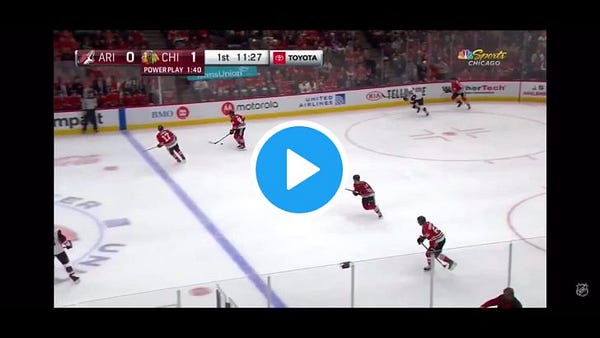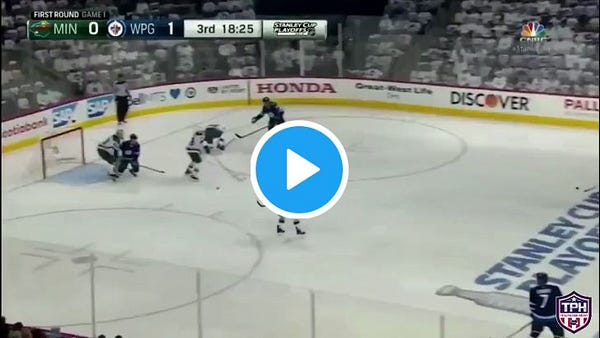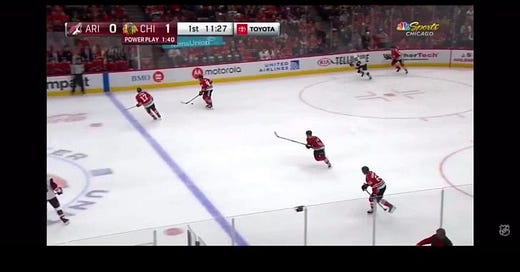In the last mini-series, we looked at various ways to dictate play. Today we’re going to continue to add to that but in a different prism.
If you have ever been to a hockey practice, you’ve surely seen odd-person and even-person rush drills. But let’s take this one step further… What if you stacked the deck in favor of the defensive team?
Putting players in situations where they must successfully problem solve quickly isn’t a novel concept. In order to achieve this success, it requires players to play effectively with their teammates. It’s an easy way to fix the age-old problem of players trying to do it all themselves. Plus, in most modern defensive systems, teams are adept at swarming the puck carrier and creating a situation where the offensive team must navigate through layers to find their way to a scoring chance.
Challenging the Players
Every coach understands that to improve a player, they must be challenged. Without a proper level of difficulty, the player will progress slowly in their development.
It's a bit like the Goldilocks' fairy tale.
Too easy, the player gets bored and loses the details.
Too hard, the player cannot pick up the teachings and will lose confidence.
Just right, and the player is able to expand their skills set and gain confidence in their new found ability.
Creating that level of difficulty should involve progressing players through the various difficulty level in order to continually challenge them.
Level 1 - Odd-Person Rushes
Just about every coach runs his team through odd-person rush drills, oftentimes as some sort of flow drill. In these situations (2v1/3v1/3v2), the offensive team holds the advantage.
Level 2 - Even-Person Rushes
In a 1v1/2v2/3v3 situation, neither team holds the advantage, numerically speaking. Like chess, there is a small advantage to the team with the initiative.
Offensive players now need to figure out ways to break down the defense. There are many ways to do this such as creating confusion among the defenders or isolating/overloading a defender to create a small area 2v1.


Level 3 - Inverted Rushes
While most coaches are keen on running even or odd-person drills, it’s rare to see a negative-rush drill where the ice is tilted in the favor of the defenders (i.e., 1v2 or 2v3 or 3v4).
These rushes are now inverted to the advantage of the defending team. We as coaches must empower offensive players with the tools needed to break down the defense even at a numerical disadvantage, as defenses in today’s game are skilled at out-numbering the attacker through a combination of tracking, angling, gap control, etc. Needless to say, these plays happen all of the time in games. Are we really content to teach our players to simply punt the puck every time they’re outnumbered?
With their hockey IQ, players must find ways to create small area advantages. A few ideas:
On the puck
Movement to allow multiple offensive options
Change of speed to be evasive
Off the puck
Movement to support teammates and create passing options and lanes
Finding spaces that allow options once they receive the puck
Brandon Naurato is now behind the Detroit Red Wings player development curtain, but shed light on this concept back in 2018.


This is a great area to explore for every coach and player. We’re always happy to share ideas. Contact us on twitter or through our website over at Hockey’s Arsenal.
Further Reading - The key elements to scoring more goals on 2v1 offensive rushes
Did you enjoy this newsletter?
Help us spread the ideas within and share it with the people you care about



